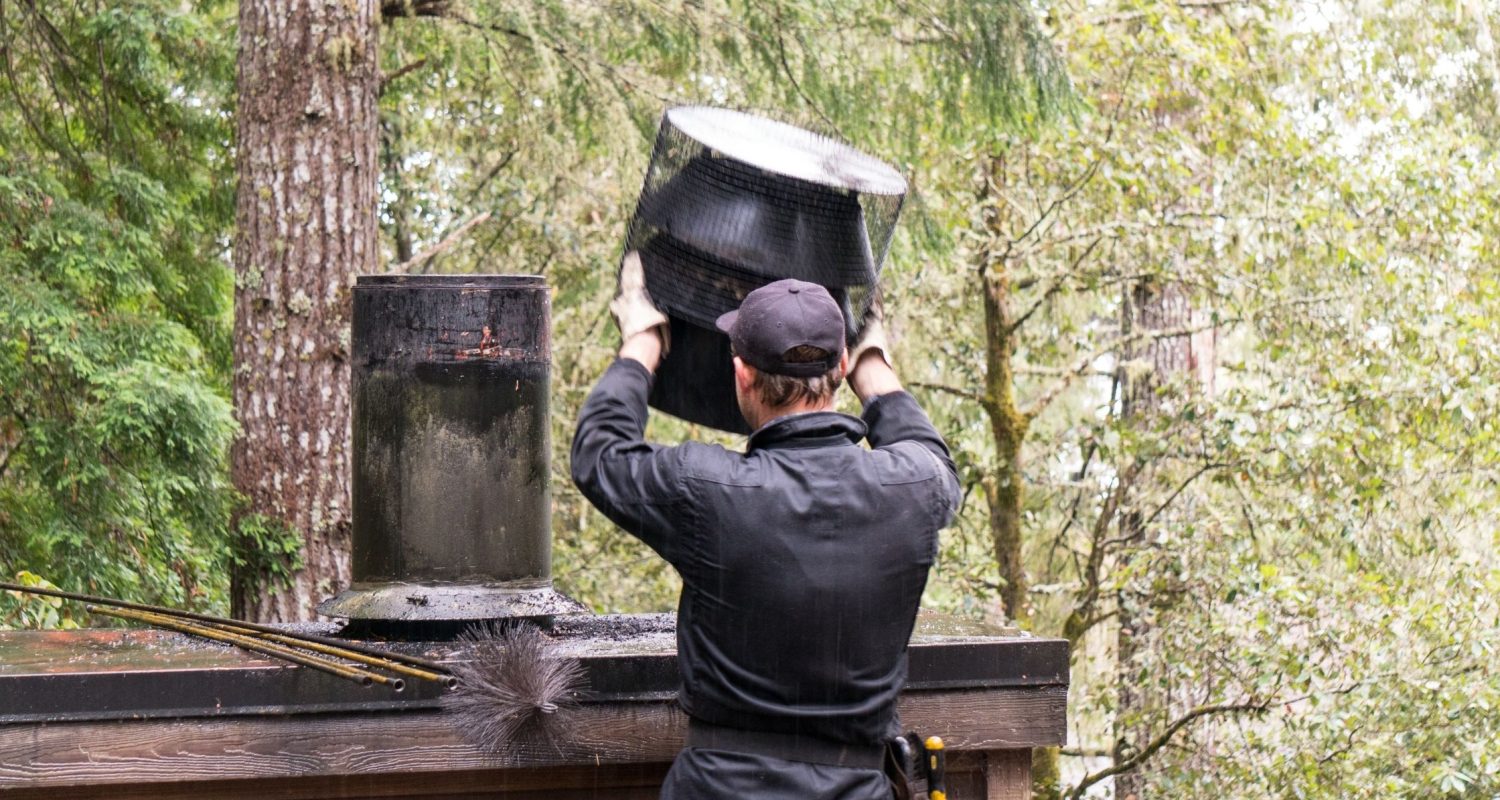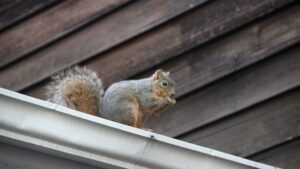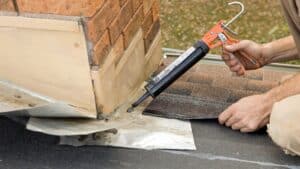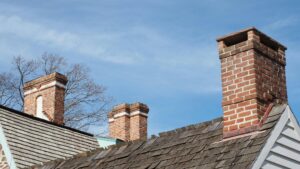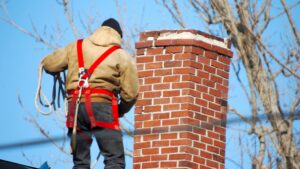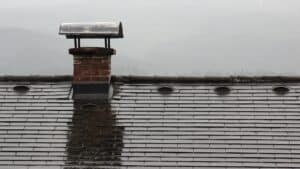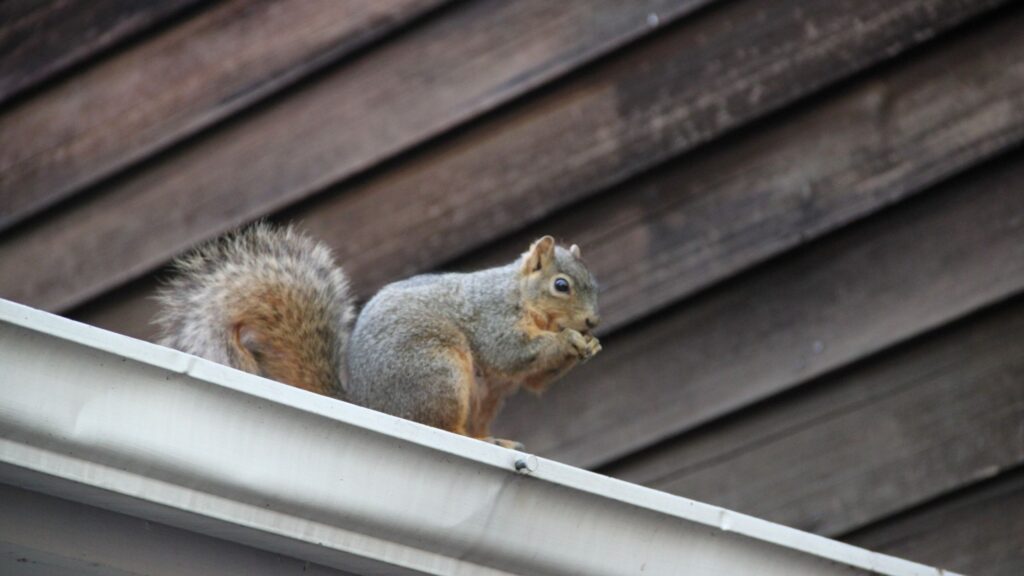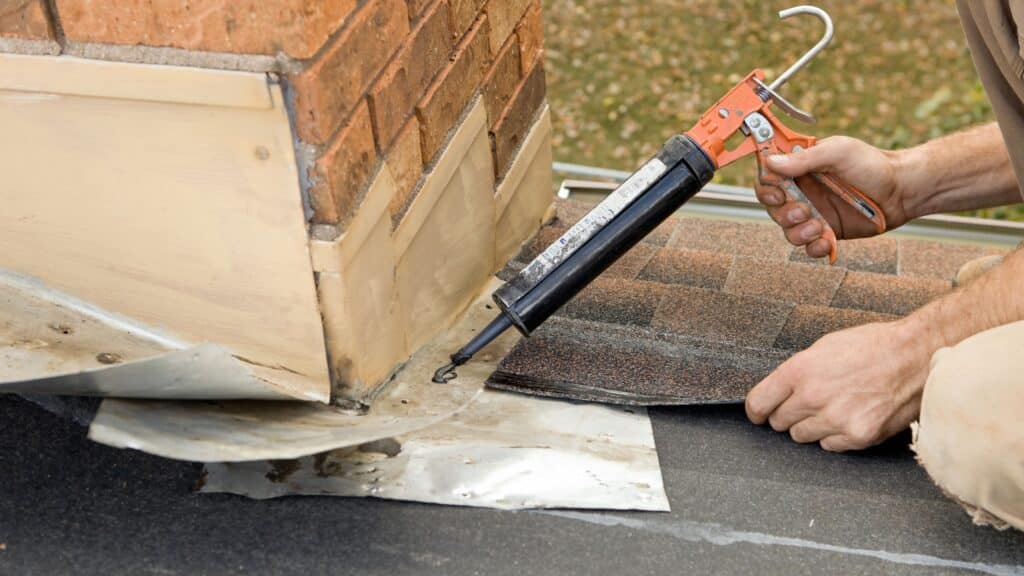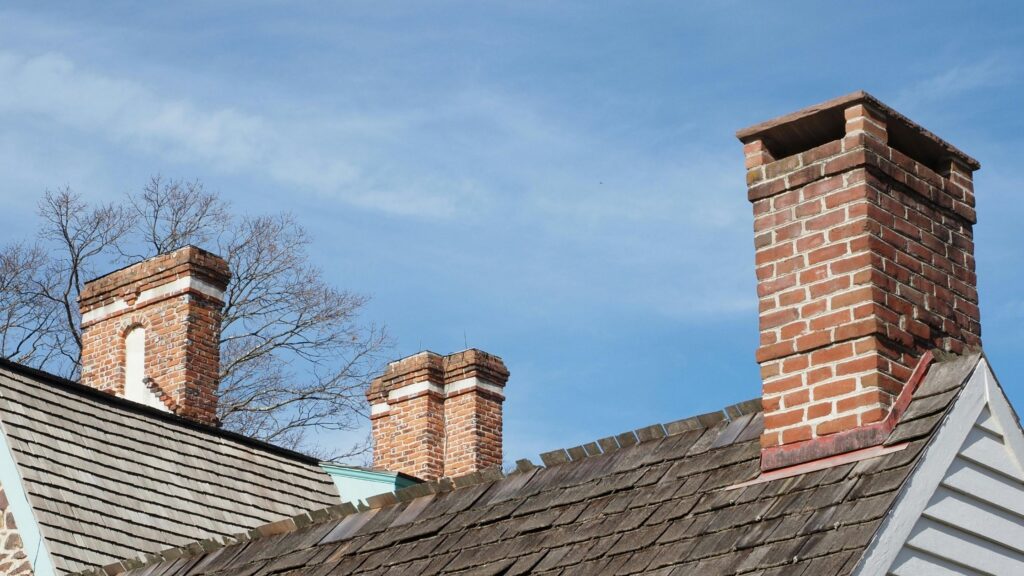As winter ends and spring begins in Catskill and the Hudson Valley, many homeowners start noticing signs of chimney wear—especially issues related to their chimney cap. A missing or damaged cap doesn’t just affect appearance; it exposes your chimney to water intrusion, nesting animals, and debris blockages.
In this article, we’ll explore why spring is the ideal season for chimney cap replacement, the problems that arise from damaged caps, how to choose the right one, and how to ensure your chimney stays protected year-round.
How a Damaged or Missing Chimney Cap Leads to Bigger Problems
The chimney cap covers the flue and acts as a barrier against rain, animals, and debris. Without it, your chimney is exposed to several preventable issues:
- Water Infiltration: Rain can damage internal components like the firebox and damper, leading to rust and mold growth.
- Animal Intrusion: Birds, squirrels, and raccoons often nest in open chimneys, blocking airflow and posing fire and health risks.
- Debris Blockages: Springtime winds can blow in leaves and twigs, obstructing the flue and affecting ventilation.
If your cap is bent, rusted, or missing, it’s time to consider a replacement.
Choosing the Right Chimney Cap for Your Home
Not all caps are created equal. Here’s a look at the most common types:
- Single-Flue Chimney Caps: Ideal for traditional fireplaces with one flue.
- Multi-Flue Caps: Cover multiple flues or the entire chimney crown—great for larger chimneys.
- Animal-Proof Caps: Include mesh screening to block wildlife and prevent nesting.
- Draft-Controlling Caps: Designed for windy locations to reduce downdrafts.
- Decorative Caps: Available in copper or powder-coated steel for visual appeal.
Look for stainless steel or copper for long-term durability. If you’re unsure, schedule an inspection and let a professional guide you to the right fit.
Stop Springtime Pests: Keep Birds & Squirrels Out
Spring is nesting season. Without a chimney cap, your chimney becomes the perfect home for animals like:
- Chimney swifts: Protected species that cannot be removed during nesting season.
- Squirrels and raccoons: Known for causing damage and getting trapped.
- Bats: Can enter through small gaps and are hard to remove.
A cap with mesh screening helps prevent these intrusions and reduces fire risk from nesting debris.
Chimney Cap + Waterproofing = Maximum Protection
Even with a new cap, your chimney is still vulnerable to moisture through masonry. That’s why we recommend pairing chimney cap replacement with waterproofing services.
- Prevents water from soaking into porous brick and mortar
- Extends the life of the chimney crown and joints
- Reduces long-term repair costs
Together, chimney caps and waterproofing protect your chimney from both above and within.
Trust True Ventilation for Chimney Cap Replacement in Catskill
At True Ventilation, we provide professional chimney cap replacement services for homeowners across Catskill and the Hudson Valley. We ensure your chimney is protected against seasonal hazards.
Our Services Include:
- Professional chimney inspections
- Chimney cap installation & replacement
- Animal-proof mesh screening
- Full chimney waterproofing
- Crown and masonry repair
📞 Call us today at 888-775-9498 or visit our website to schedule your chimney cap replacement.
Conclusion
Spring is the perfect time to inspect and replace your chimney cap. Whether you’re dealing with moisture issues or preventing nesting animals, a properly installed chimney cap can protect your home for years to come. Don’t wait for leaks or pests—schedule your chimney cap replacement with True Ventilation today.
People Also Ask
- How do I know if my chimney cap needs replacing?
If it’s missing, rusted, bent, or doesn’t fit snugly, it’s time to replace it. - Can I install a chimney cap myself?
It’s possible, but a professional ensures proper fit and secure installation, especially for multi-flue or draft-controlling caps. - What type of chimney cap is best for animal prevention?
Look for caps with stainless steel mesh screening to block birds, squirrels, raccoons, and bats. - How often should chimney caps be replaced?
With high-quality materials like stainless steel or copper, chimney caps can last 20+ years, but should be inspected annually for damage.



